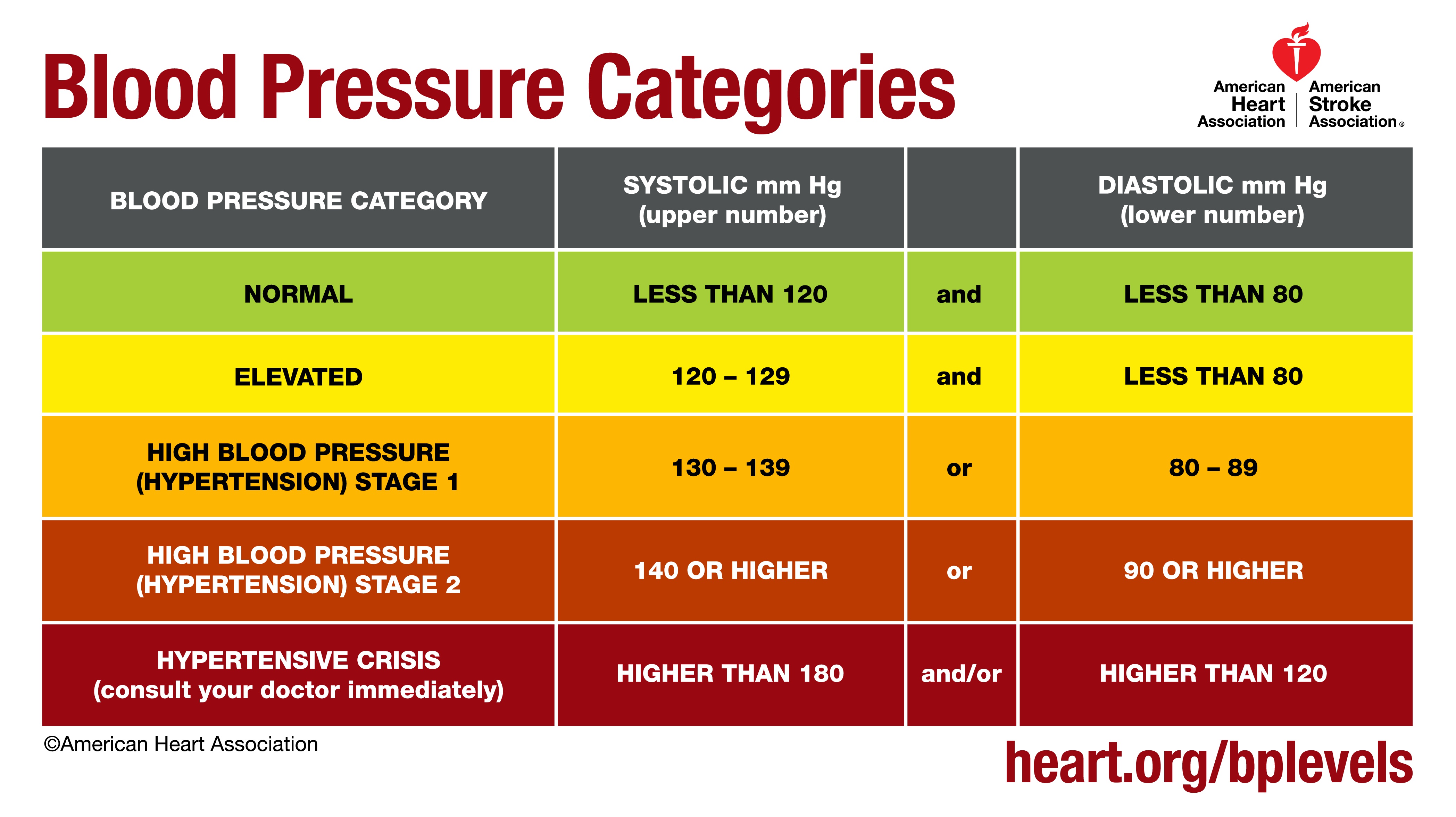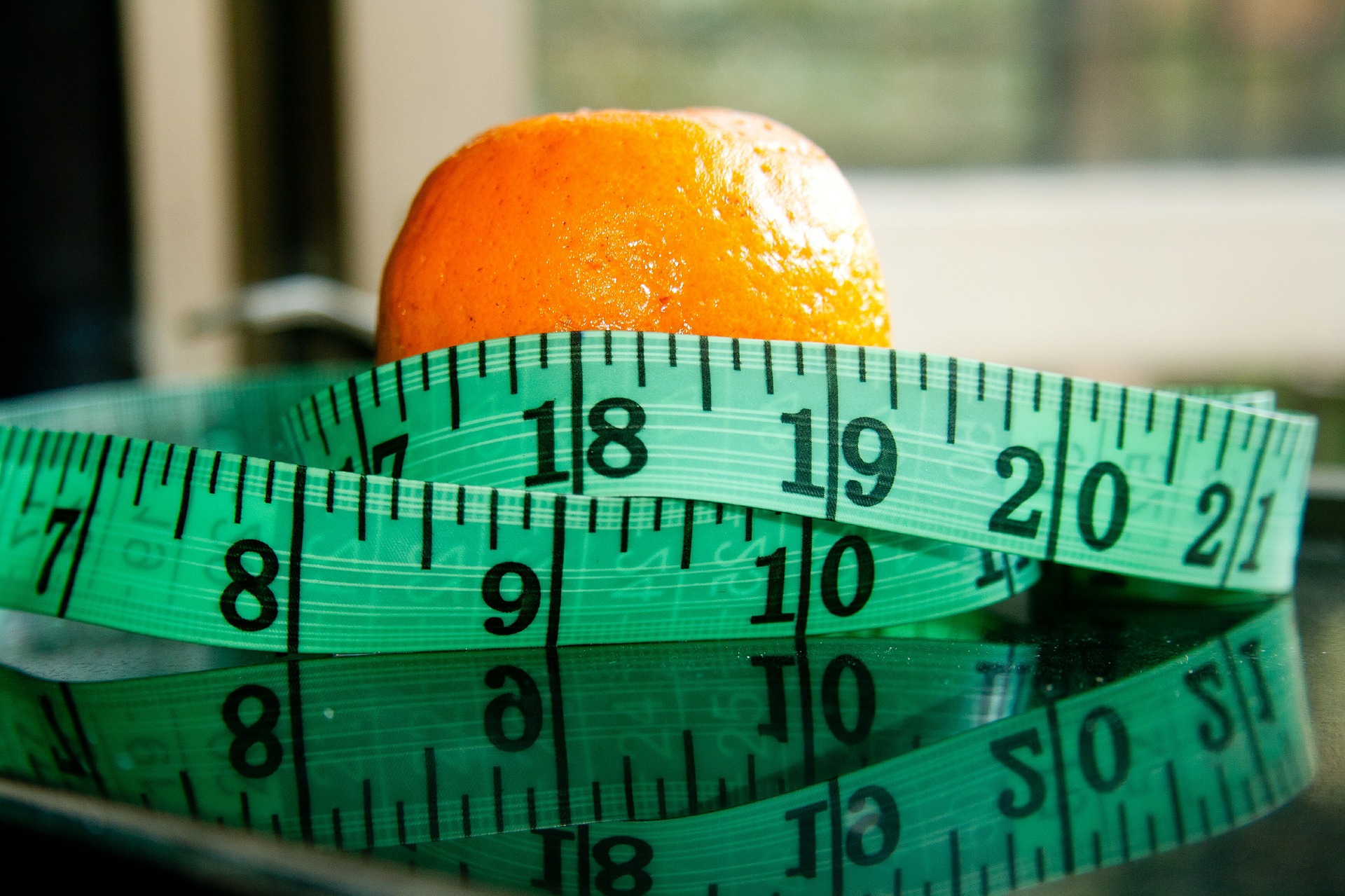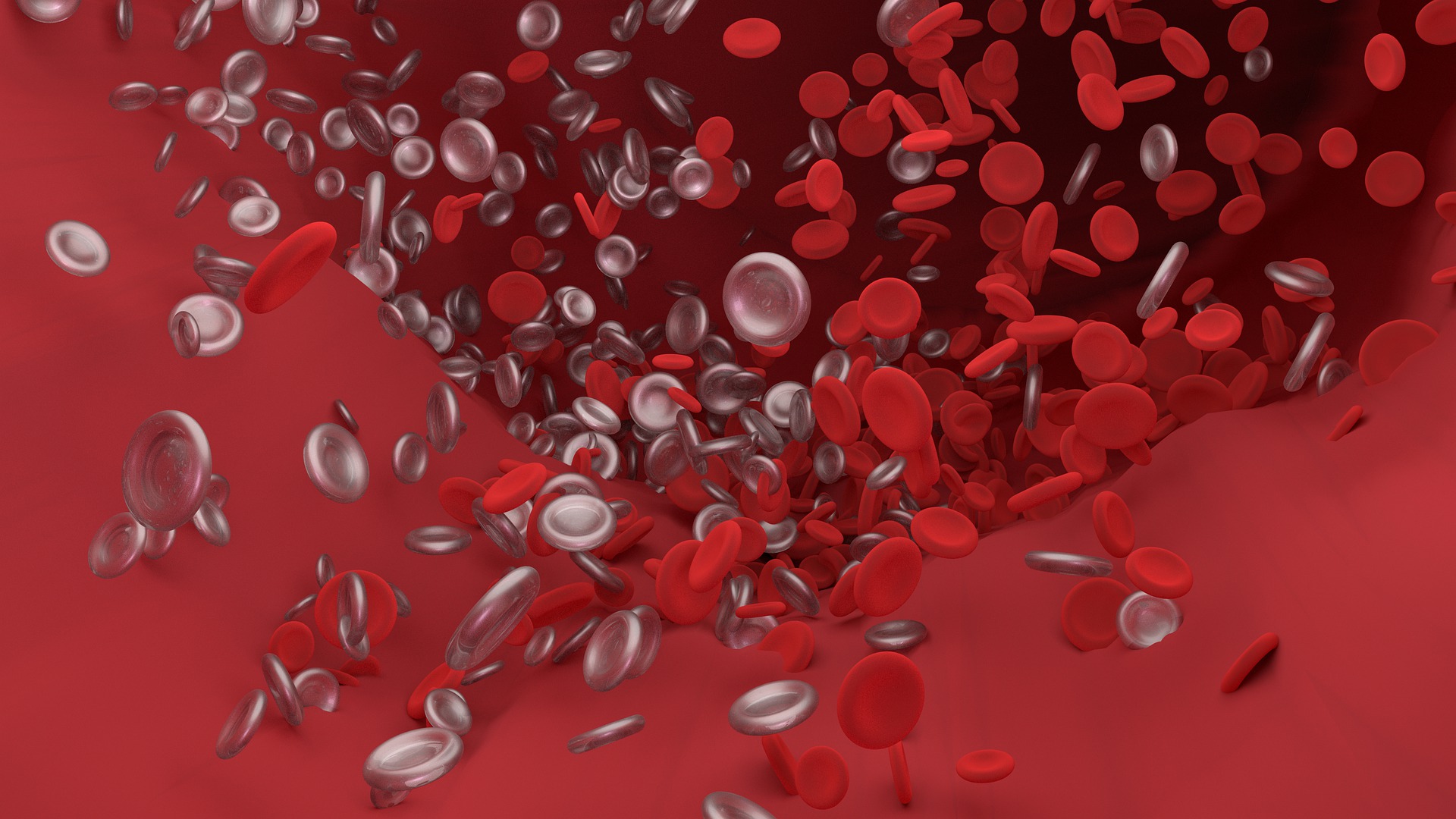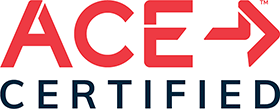Health Assessment Measures You Can Do at Home
Health assessment measures and healthy tips for blood pressure, stress, waist circumference, and home-based blood testing.
From the American Council On Exercise with introduction and commentary by Dr. Robert Curtis
Additional information on home-based blood testing provided by Dr. Curtis at the end of the article.
Last updated: 9/17/21
Time crunch? Save this page for later with Pocket, Instapaper, or Evernote.
There are a few simple key health assessment measures you can do at home that are easy to perform and will give you a basic self assessment of at least general body composition, cardiovascular function, and stress resilience.
Also, these measures should be taken in compliment to your primary health care practitioner relationship.
Namely, we're talking about waist circumference, blood pressure, and stress processing.
Additionally, this discussion will point out key factors for helping to address all three of these issues so you'll not only get informed about how they're assessed but see steps, inclusive of a whole-food, plant-based diet, that may be helpful.
Furthermore, if you're wanting to go deeper by getting an under the hood health snapshot with a home-based blood test I'll go into more detail on that in that last section.
So, taking a closer look ...
Blood pressure assessment and healthy tips
One measurement your doctor will always take in the office is your blood pressure.
Blood pressure is one key measure of overall health that needs to be mechanically measured as you don't particularly feel or see it.
Blood pressure readings consist of two particular pressures that relate to each other, one being higher than the other, showing what the maximum and minimum pressures are in your arteries.
The higher pressure, or top number, is called your systolic blood pressure, and the lower pressure, or bottom number, is called your diastolic blood pressure, and your doctor will give them to you or you'll hear them in the office, as being one number over another.
For example, if your higher pressure, systolic, is 118, and your lower pressure, diastolic, is 78, then your reading is given as 118 over 78, commonly written as 118/80. This would be within the normal range by the way (see chart below for further reference).
If your systolic was in the range of 120 to 139 or your diastolic between 80 to 90 you'd be considered to be prehypertensive, or in the elevated range, if this was a regular reading over a few occasions when you were at rest.
Prehypertensive means exactly that, it's on the way to high blood pressure state and if no changes are made you may well eventually become hypertensive, have high blood pressure, regularly.
It's important to bear in mind though that your blood pressure may be higher certain times as a normal response to exercise for example or caffeine intake and taking readings on the cusp of these situations would not give you your normal resting blood pressure. Accordingly, it's important to be rested and at rest for readings.
If you do continue to show higher blood pressure readings then it indicates that it's a good idea to begin making diet and lifestyle changes. Your doctor can work with you to do this.
As part of that, however, in some cases, medications may be necessary to help with this. In the bigger picture and longer term, diet and lifestyle changes can usually and dramatically help to decrease blood pressure though.
That certainly may mean changing the way you eat, such as decreasing sodium and having a diet high in fruits and vegetables that in part provide some necessary nutrients that are important for heart health and can actually affect blood pressure and help to decrease it.
And physical activity, whether that's walking, playing a sport, or doing something you enjoy doing, can also help. In fact, many times lifestyle changes; inclusive of your nutrition and physical activity, can help to make medications either unnecessary or of much smaller dosages.
In recent years, new, stricter guidelines, came into play from the American College of Cardiologists and the American Heart Association beginning November of 2017.
This new chart spells it out...
 New blood pressure reference values instituted in 2017. (image source at end of article)
New blood pressure reference values instituted in 2017. (image source at end of article)To supplement your primary care relationship you can take your blood pressure at home using automated blood pressure cuffs.
Keep in mind, it's your resting blood pressure you're looking to ascertain.
So, being well rested, ideally, and at rest during the test, are crucial.
Some good tips to keep in mind for both home and office testing are (excerpted from the Harvard Medical School HEALTHbeat of July 20, 2017):
- Don't drink a caffeinated beverage or smoke during the 30 minutes before the test.
- Sit quietly for five minutes before the test begins.
- During the measurement, sit in a chair with your feet on the floor and your arm supported so your elbow is at about heart level.
- The inflatable part of the cuff should completely cover at least 80% of your upper arm, and the cuff should be placed on bare skin, not over a shirt.
- Don't talk during the measurement.
- Have your blood pressure measured twice, with a brief break in between. If the readings are different by 5 points or more, have it done a third time.
The article goes on to state...
"There are times to break these rules. If you sometimes feel lightheaded when getting out of bed in the morning or when you stand after sitting, you should have your blood pressure checked while seated and then while standing to see if it falls from one position to the next.
Because blood pressure varies throughout the day, your doctor will rarely diagnose hypertension on the basis of a single reading.
Instead, he or she will want to confirm the measurements on at least two occasions, usually within a few weeks of one another.
The exception to this rule is if you have a blood pressure reading of 180/110 mm Hg or higher. A result this high usually calls for prompt treatment.
It's also a good idea to have your blood pressure measured in both arms at least once, since the reading in one arm (usually the right) may be higher than that in the left.
A 2014 study in The American Journal of Medicine of nearly 3,400 people found average arm-to-arm differences in systolic blood pressure of about 5 points.
The higher number should be used to make treatment decisions."
The good news on this blood pressure and cardiovascular health front is that a whole-food, plant-based diet has been shown to be helpful. [1]
Waist circumference health assessment and healthy tips
 Measuring your waist circumference tells you more than your weight. (image source at end of article)
Measuring your waist circumference tells you more than your weight. (image source at end of article)One measure that probably won't be taken at the doctor's office, but that you should know, when you're wanting to know your numbers, is your waist circumference.
Waist circumference is simply a measurement around your waist, and that is a better predictor than body mass index in helping to decide or determine if there's concern about weight.
A waist circumference of greater than about 35 inches for women and 40 inches for men increases the risk of health problems like increased risk of heart disease and increased risk of type two diabetes.
All those things that we're worried about when we're talking about having too much weight.
So whether your doctor measures it at the office or you do it at home, all you have to do is simply grab a measuring tape and find and measure your largest area in the vicinity of your belly button and that will help tell better than BMI whether or not you have to be concerned about increased health risk due to weight.
Another measure that we can look at is comparing the waist circumference to the hips circumference.
The hip circumference is the widest area around your buttocks and your hips.
And if you compare a ratio between your waist and hip and find that it's a higher number, again you are at increased risk for health problems.
Specifically, a waist-hip ratio that is above 0.90 for males and above
0.85 for females demonstrates abdominal obesity according to the World
Health Organization.
Those are people who carry more weight in their abdomen, or you may have heard of them being called apple shaped.
Whereas people who carry most of their weight in their hips, or pear shaped people, actually have a decreased risk of health problems, even if their weight is higher.
Now, the good news for those apple shaped people out there is even though the risk is higher from being apple shaped, it's easier to lose the weight from your mid section versus somebody who's more pear shaped, as they lose weight, it's going to be more difficult, at least to lose weight from that core section.
And some further good news here is that, if your waist-hip ratio is on the higher end, a recent study demonstrated you could lose weight on a whole-food, plant based diet eating all that you wanted. [2]
Stress assessment and healthy tips
 Being in nature, or even just looking at it can be very stress relieving. (image source at end of article)
Being in nature, or even just looking at it can be very stress relieving. (image source at end of article)Find yourself being irritable or anxious or
kind of snapping at someone every time they talk to you or having a low
tolerance for your or other's kids or the stresses in your life in general?
You may be experiencing the physical consequences that come from stress.
The
stuff that builds up when you've got so much on your plate, so much
going on that your ability to deal with it and to cope with it is
decreased.
And then in many cases it can start to manifest itself in physical complaints.
Feeling
like your heart is always racing or that you can't talk to anyone
because every time you do, you become mad at them or upset.
It's
important if you're feeling that way to try and take a breath and stop
and think about the stresses in your life and to figure out ways to manage them so that you can get back into a happy balance.
Now a little bit of stress is good, it
can help to increase your heart rate and increase your alertness and get
you ready to go for an important event, appointment, or meeting for example.
But chronic stress can cause you to be
constantly on edge, constantly feeling like there's something that you
can't manage or can't control and can contribute to feeling terrible and unwanted physical changes like weight gain.
There are a number of easy and free things to do to ease stress, like:
- getting out into nature, just a simple walk outside, or if not handy, just looking at nature scenes (like the beach above)
- taking a few moments to close your eyes and doing a series of deep breaths, even a few can help
- simply getting up from whatever you're doing and walking around for a few minutes
- more involved things like taking on a meditation practice or doing yoga sessions from youtube can be great, too
- any activity that gives you enjoyable engagement, from reading to exercise
Additionally, if you find yourself feeling on edge ongoing and you want to go to the doctor or mental health professional to talk about it, that's absolutely advised.
And here again, on the diet and lifestyle side of things, a whole-food, plant-based diet has been shown to be helpful to mental health in the areas of improving mood and the ability to accomplish goals. [3]
Home-based blood work
 The things our blood cells can tell. (image source at end of article)
The things our blood cells can tell. (image source at end of article)Testing one's blood continues to be the standard evaluation tool for assessing a myriad of health conditions and quite simply the state of your physiological health.
To further learn about the impact of your diet, exercise, lifestyle (including sleep and stress), along with things like family history, a number of companies have been developing home-based blood tests.
One innovative leader in this area, Choose Health, has focused on a series of streamlined markers, taken from a single finger-stick blood droplet, that are well suited for this type of analysis.
Their protocol also comes with a physician provided assessment and recommendations of any indicated lifestyle and dietary improvements. And all recommendations are consistent with moving in the direction of, or being on, a more, or fully, plant-based diet.
Specifically, the Choose Health panel markers were chosen for their relationship to key health assessments, in particular focusing attention on your:
• Cardiovascular Health (via Total Cholesterol : HDL Ratio + Triglycerides)
• Insulin Resistance (via Trigylcerides : HDL Ratio)
• Average Blood Sugar (via hbA1c)
• Body Composition and Visceral Fat (Waist : Height Ratio)
• Oxidative Stress (GGT)
• Inflammation (hs-CRP)
• Vitamin D (25-OH vitamin D)
• Testosterone (Total)
• Thyroid (TSH)
And all sample processing is securely handled and processed by CLIA and CAP accredited labs.
To find out more, refer to the Choose Health website by clicking here.
Article References:
1. Cardio-Metabolic Benefits of Plant-Based Diets. Kahleova H, Levin S, Barnard N. Nutrients. 2017 Aug 9;9(8). pii: E848. doi: 10.3390/nu9080848.
2. The BROAD study: A randomized controlled trial using a whole food plant-based diet in the community for obesity, ischemic heart disease or diabetes; N Wright, L Wilson, M Smith, B Duncan & P McHugh. Nutrition & Diabetes (2017) 7, e256 (20 March 2017) doi:10.1038/nutd.2017.3
3. The GEICO study: A multi-center randomized controlled trial of a nutrition intervention program in a multi-ethnic adult population in the corporate setting reduces depression and anxiety and improves quality of life; Agarwal U, Mishra S, Xu J, Levin S, Gonzales J, Barnard ND. Am J Health Promot. 2015 Mar-Apr;29(4):245-54. doi: 10.4278/ajhp.130218-QUAN-72. Epub 2014 Feb 13.
Images:
1. Blood pressure readings reference chart. Image by the American Heart Association and American Stroke Association
2. Waist circumference tape measure. Image by PDPics from Pixabay (CCO license)
3. Tranquil, deserted, sunny beach. Image by Walkerssk from Pixabay (CCO license)
2. Blood cells. Image by Vector8DIY from Pixabay (CCO license)


